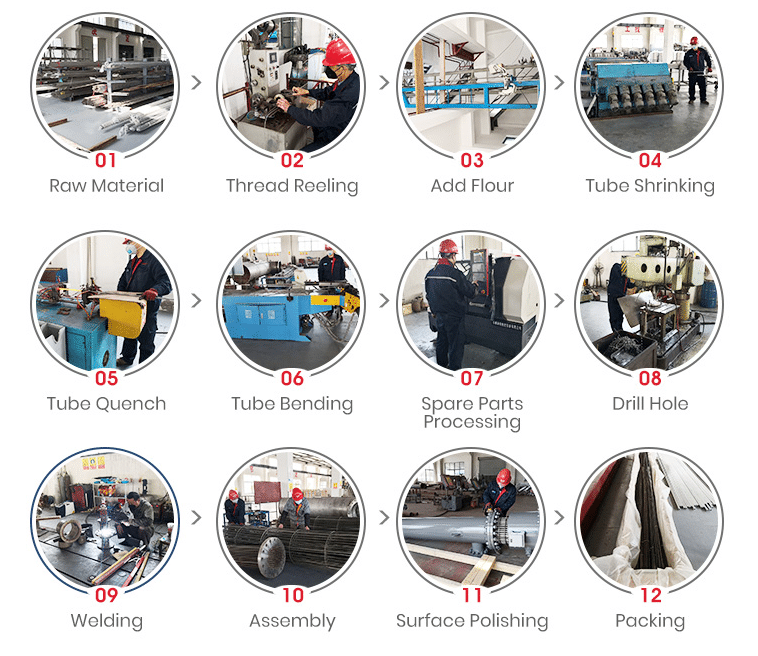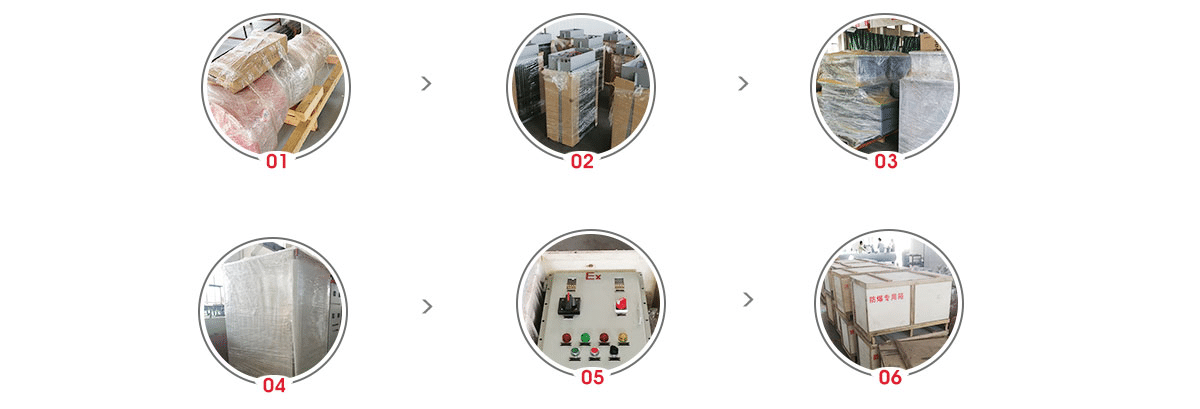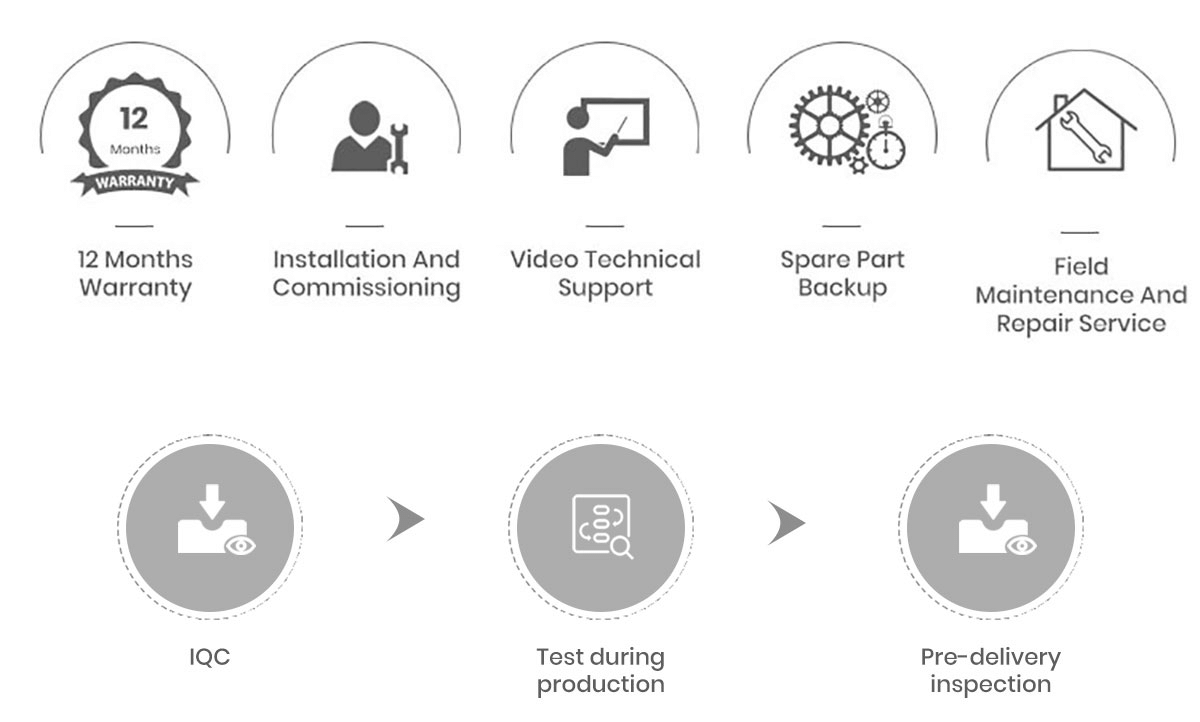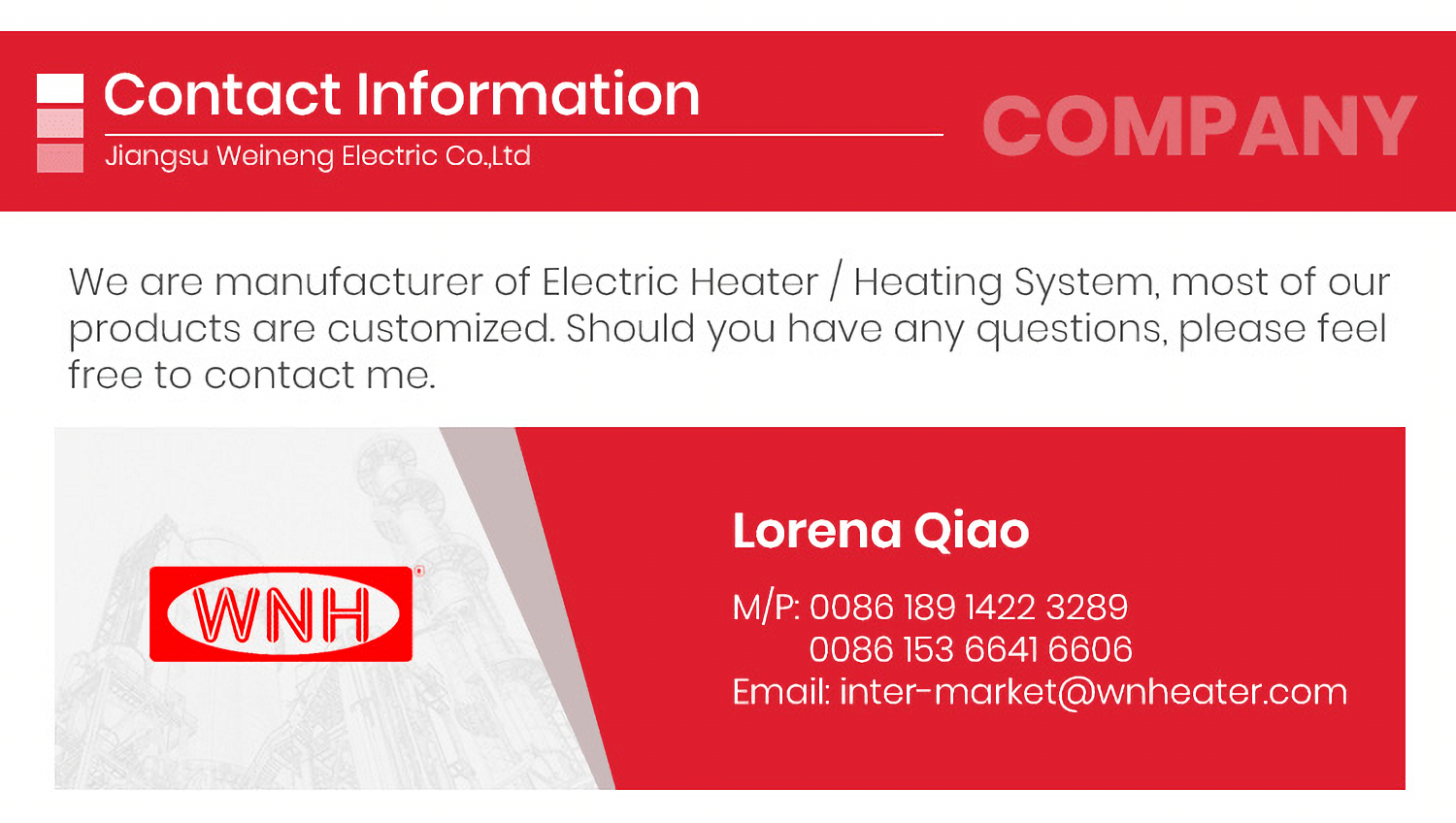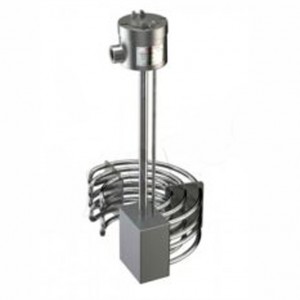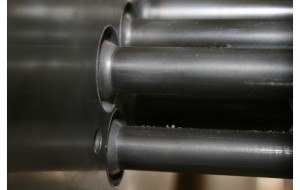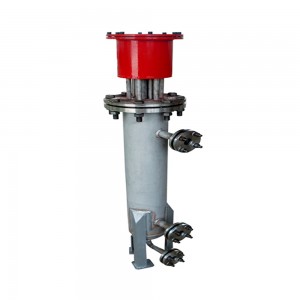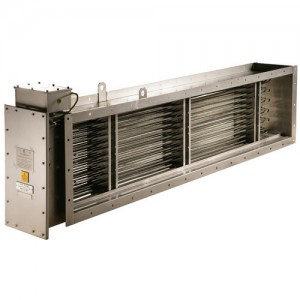ATEX certificated over the side heater
Over-the-side immersion heaters are designed for installation in the top of the tank with the heated portion directly immersed along the side or at the bottom. They take up little space, eliminate the need for tank penetrations, are easily removed for service, and provide ample working space inside the tank. Custom configured elements evenly distribute heat by direct contact in numerous applications, including acid and alkali solutions.
Water heating
Freeze protection
Viscous oils
Storage tanks
Degreasing tanks
Solvents
Salts
Paraffin
Caustic solution
1.Are you factory?
Yes, we are factory, all customers are more than welcome to visit our factory .
2.What are the available product certifications?
We have certifications such as: ATEX, CE, CNEX. IS014001, OHSAS18001,SIRA, DCI. Etc
3.What type of temperature sensors are provided with the heater?
Each heater is provided with temperature sensors at the following locations:
1) on the heater element sheath to measure maximum sheath operating temperatures,
2) on the heater fange face to measure maximum exposed surface temperatures, and
3) An Exit temperature measurement is placed on the outlet pipe to measure the temperature of the medium at the outlet. The temperature sensor is a thermocouple or PT100 thermal resistance, according to customer requirements.
4.What other controls are needed for safe operation of the process heater?
The heater needs a safety device to ensure the safe operation of the heater.
Each heater is equipped with an internal temperature sensor, and the output signal must be connected to the control system to realize the over-temperature alarm of the electric heater to ensure the safe operation of the electric heater. For liquid media, the end user must ensure that the heater can only work when it is completely immersed in the fluid. For heating in the tank, the liquid level needs to be controlled to ensure compliance. The outlet temperature measuring device is installed on the user's pipeline to monitor the exit temperature of the medium.
5.Are leakage currents required to be monitored and controlled?
Yes, a certifed ground fault or residual current device is needed to ensure that leakage current values are maintained within acceptable ranges.
